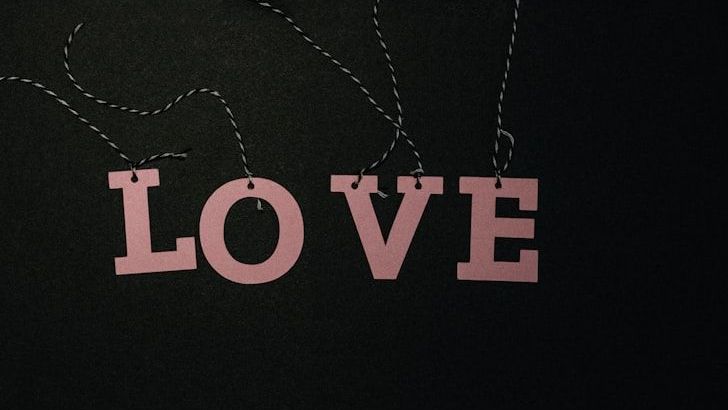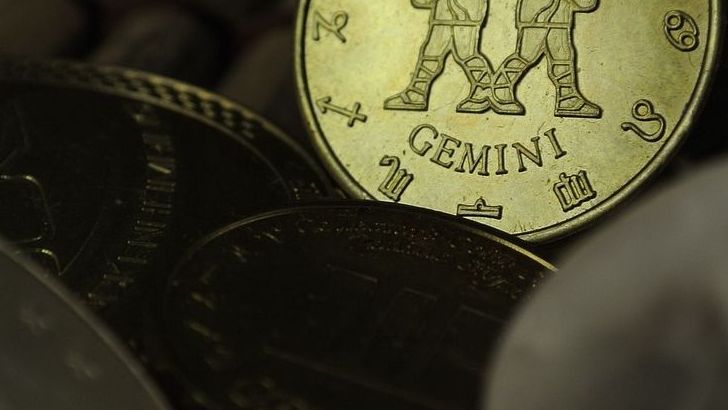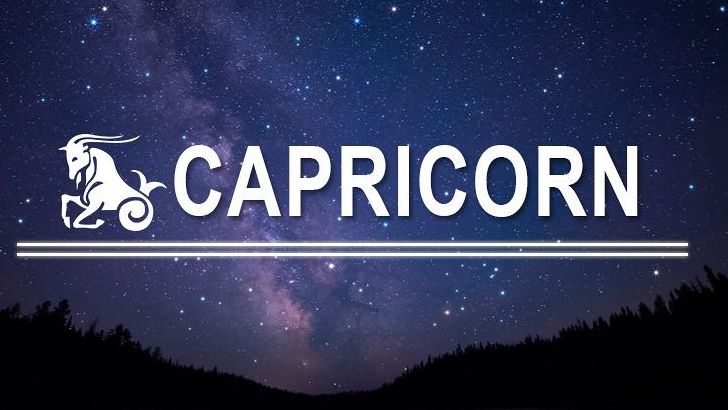Innovative Beginnings: The Rise of Mushroom-Based Fabrics

In the heart of Silicon Valley, a groundbreaking startup is turning heads with a revolutionary concept: creating fabrics from mushrooms. This isn’t just a whimsical idea; it’s part of a larger movement toward sustainable fashion. With the fashion industry being one of the most polluting in the world, the demand for eco-friendly materials has never been higher. The startup, driven by a mission to change the world, is leveraging biotechnology to transform the humble mushroom into a viable textile. They employ a process that extracts mycelium, the vegetative part of a fungus, to produce a material that resembles leather or fabric. This innovation is not only promising for fashion but also signifies a shift in how we perceive natural resources.
The Science Behind Mycelium: Nature’s Hidden Treasure

Mycelium is often referred to as nature’s network, a complex web of fungal threads that thrive underground. It’s a renewable resource, capable of growing rapidly and in diverse environments. The startup utilizes this natural marvel by cultivating mycelium in controlled conditions, allowing it to form dense mats. These mats are then processed to create a textile with properties akin to leather. The beauty of mycelium lies in its adaptability; it can be grown to precise specifications, offering customization opportunities for designers. Not only is mycelium biodegradable, but its production also requires significantly less water and energy compared to traditional textiles. This makes it an attractive alternative for environmentally conscious consumers.
Sustainability Meets Fashion: The Industry’s Green Shift

The fashion industry has long been criticized for its environmental impact, from water pollution to excessive waste. With mushroom-based fabrics, this startup is paving the way for a more sustainable future. By reducing reliance on animal-based leather and synthetic materials, they offer a cleaner, greener option for fashion houses. Designers are beginning to take notice, with some big names already experimenting with mycelium fabrics in their collections. This shift signifies a growing trend toward sustainable practices, as consumers increasingly demand transparency and accountability from brands. As more companies embrace these eco-friendly materials, the potential for widespread change becomes more tangible.
Challenges and Opportunities: Navigating the New Terrain

While the promise of mushroom-based fabrics is exciting, it doesn’t come without challenges. One significant hurdle is scalability. The startup must find ways to produce mycelium textiles at a commercial scale to meet growing demand. Additionally, they face competition from other sustainable materials, such as plant-based leathers and recycled fibers. However, these challenges also present opportunities for innovation. By continuing to refine their processes and expand their capabilities, the startup can position itself as a leader in the sustainable fashion movement. They are actively seeking partnerships with fashion brands to bring their products to a broader audience.
Consumer Perception: Breaking Through the Conventional

One of the most significant obstacles facing mushroom-based fabrics is consumer perception. Many people are unfamiliar with mycelium and may be skeptical about wearing a product derived from mushrooms. Educating consumers about the benefits and quality of these textiles is crucial for acceptance. The startup is investing in marketing strategies to raise awareness and showcase the versatility and durability of their fabrics. By highlighting the environmental advantages and offering compelling designs, they aim to change public perceptions and inspire a shift toward sustainable fashion choices.
Environmental Impact: A Step Toward a Greener Planet

The environmental benefits of mushroom-based fabrics are substantial. By choosing mycelium textiles, the fashion industry can significantly reduce its carbon footprint. Traditional leather production involves harmful chemicals and significant resource use, whereas mycelium requires minimal inputs and produces little waste. Additionally, mycelium’s biodegradability ensures that it won’t contribute to landfill waste, unlike synthetic materials. This startup’s efforts align with broader environmental goals, offering a practical solution to one of the planet’s most pressing issues. As awareness grows, the potential for these textiles to drive meaningful change becomes increasingly apparent.
Economic Viability: Is Mushroom Fabric Cost-Effective?

One question on the minds of many is whether mushroom-based fabrics are economically viable. Currently, the production process is still in its early stages, which can result in higher costs compared to traditional textiles. However, as the technology advances and production scales up, costs are expected to decrease. The startup is working tirelessly to streamline their processes, making mycelium textiles more accessible and affordable. They are also exploring government grants and subsidies for sustainable innovation, which could further reduce expenses. In the long run, the economic benefits of reduced environmental impact and resource use are likely to outweigh initial costs.
Future Prospects: What Lies Ahead for Mushroom Textiles?

The future of mushroom-based fabrics looks promising, with potential applications extending beyond fashion. Mycelium’s versatility could see it used in various industries, from automotive interiors to home furnishings. This startup is already exploring collaborations with companies outside fashion, aiming to showcase mycelium’s vast potential. As more industries recognize the value of sustainable materials, mushroom textiles could become a cornerstone of a greener economy. The startup’s vision extends beyond profit, focusing on creating a lasting impact on the planet. Their journey is just beginning, but the possibilities are limitless.
Innovative Design: The Aesthetic Appeal of Mycelium Fabrics

Beyond sustainability, mycelium fabrics offer unique aesthetic possibilities for designers. The texture and appearance of these textiles can be tailored during the cultivation process, allowing for creative expression. Designers can experiment with color, pattern, and texture, resulting in innovative and eye-catching pieces. The startup is collaborating with artists and designers to push the boundaries of what’s possible with mycelium. By demonstrating the artistic potential of these fabrics, they hope to inspire a new wave of creativity in sustainable fashion. The fusion of art and science in mycelium textiles offers a fresh perspective on what fashion can be.
Conclusion: The Fabric of the Future?

Mushroom-based fabrics represent a significant step forward in the quest for sustainable materials. While challenges remain, the potential benefits for the environment, economy, and fashion industry are undeniable. As the startup continues to innovate and expand, they are paving the way for a future where sustainability and style go hand in hand. The journey to mainstream adoption may be long, but the impact of mushroom textiles could be profound, marking a new chapter in the story of fashion.







